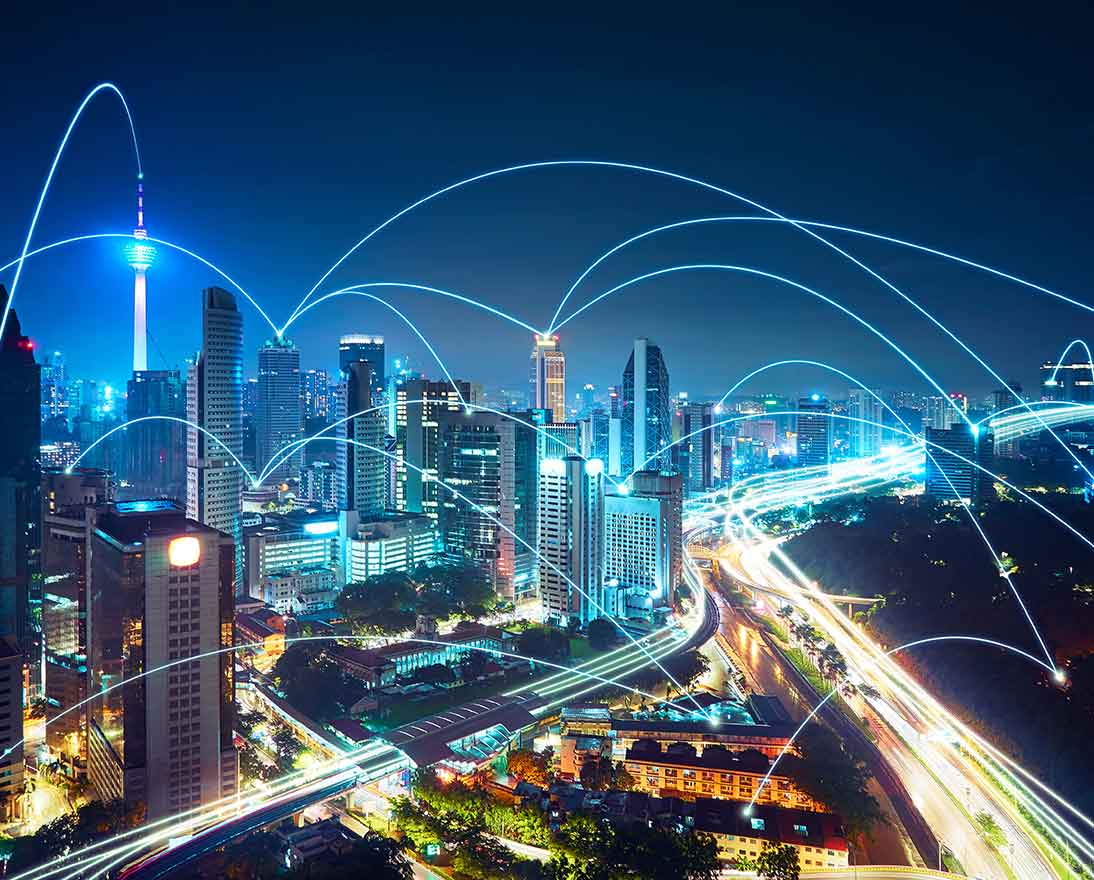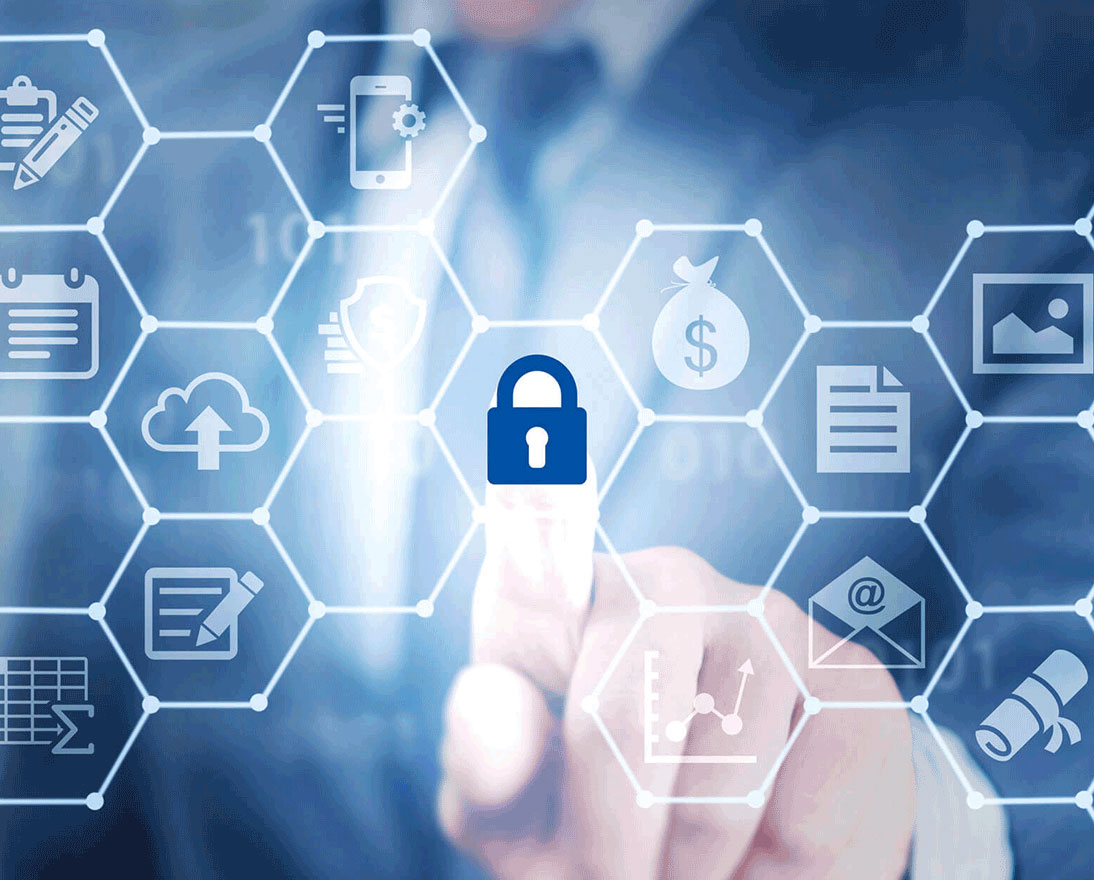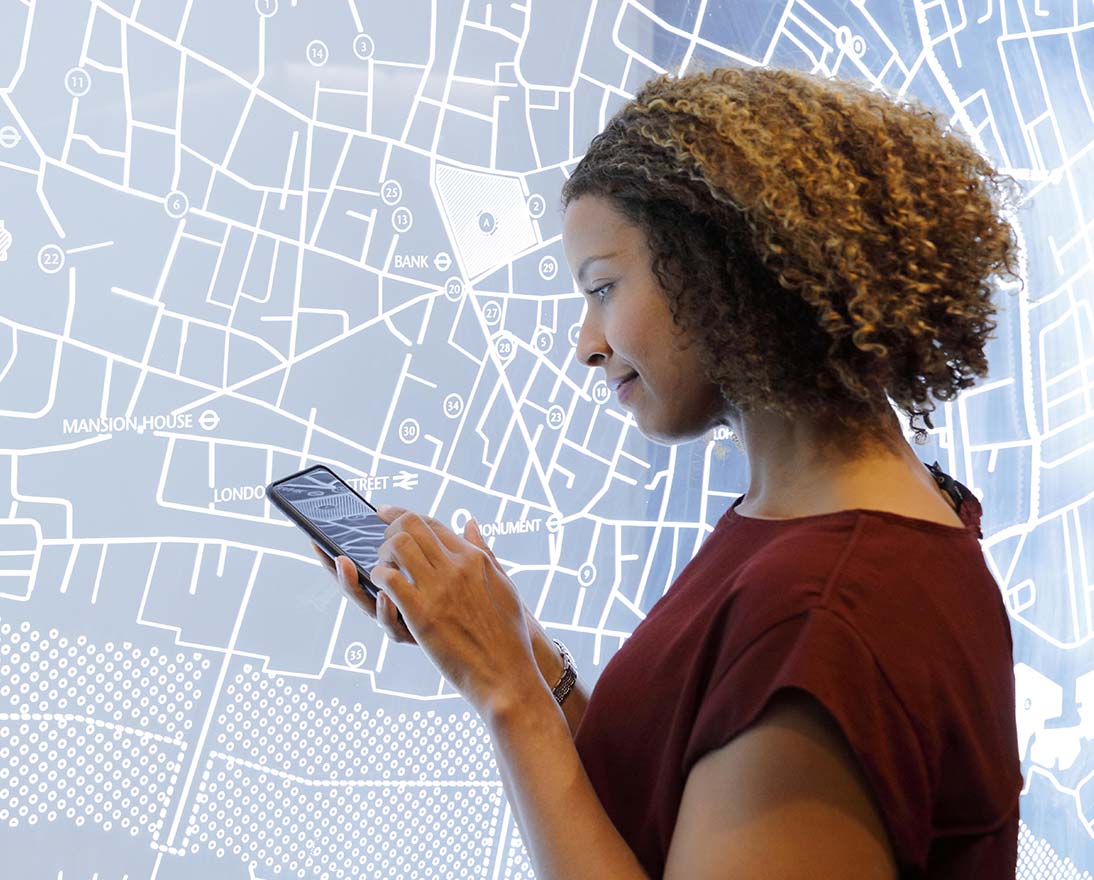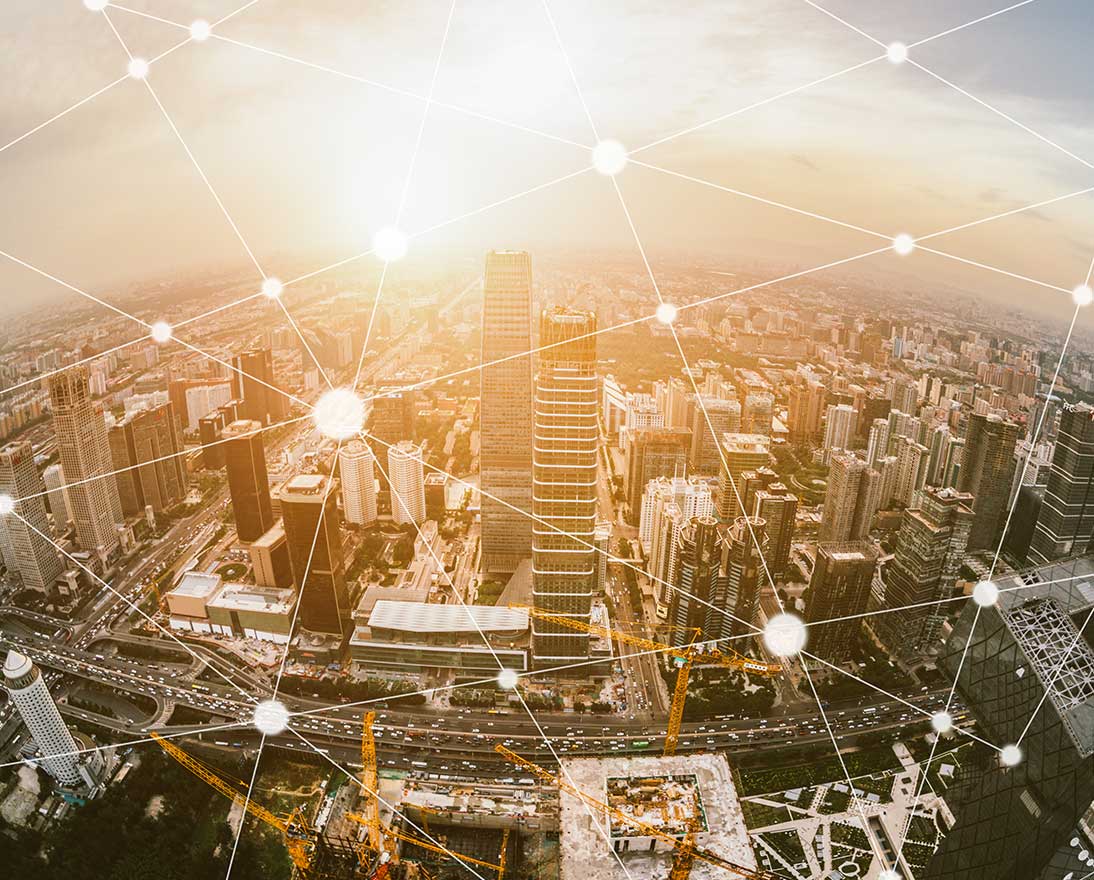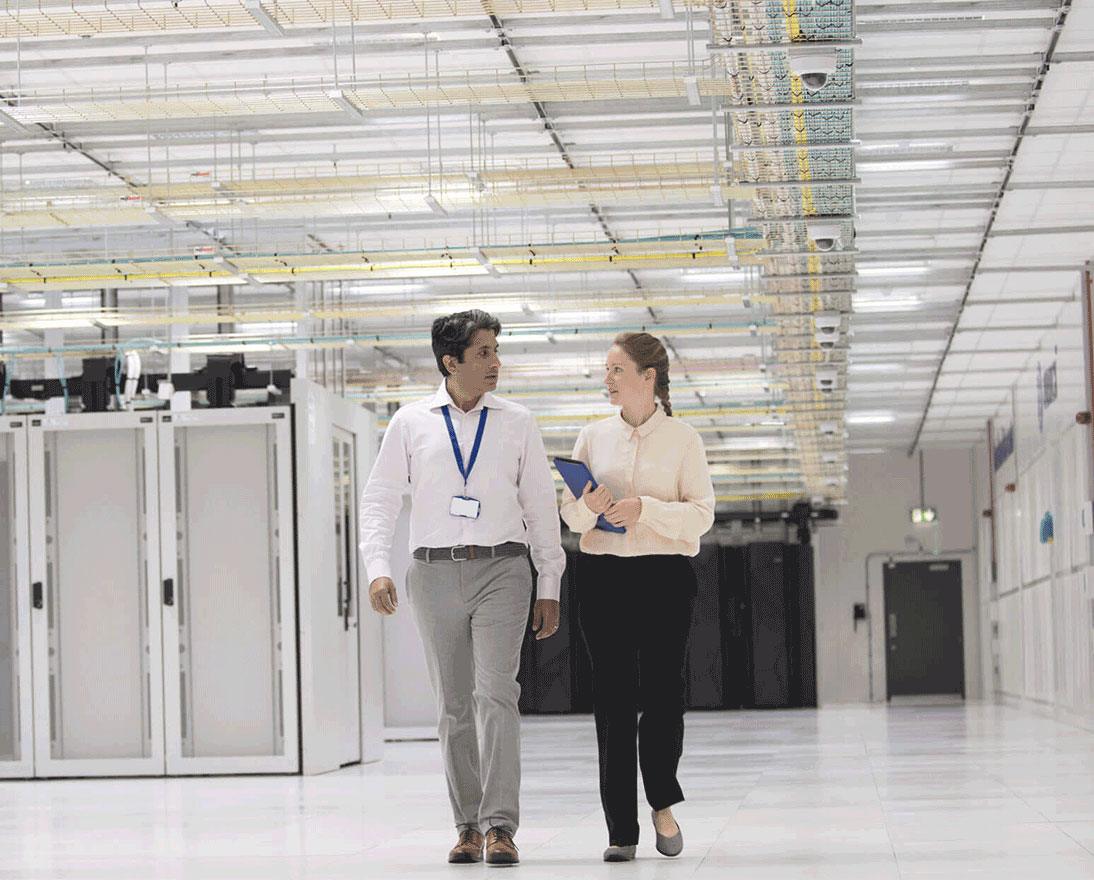Making connectivity a priority in unpredictable times
Digital, data and cyberArticleMarch 27, 20204 min read
Technology plays an even greater role in turbulent times like those we currently face with the COVID-19 outbreak. Learn about the risks that come with connectivity and make sure that all your transactions and devices are secure. Staying safe is just as important as staying connected.
You rely heavily on technology and the internet, and it’s no wonder: with a million and one activities and tasks to manage, getting through your schedule seamlessly is a top priority.
For example, today’s fast-moving world makes being able to turn on your washing machine while you’re stuck in traffic a great way to save some time. Using your smartwatch to quickly pay for that cup of coffee, asking your AI assistant to search for the dinner recipe you’ll be using later… the list of advantages that tech brings with it are practically endless.
But it’s not a risk-free world, and knowing what some of the dangers are is key to staying protected against those threats.
![]()
Hyperconnectivity
Let’s take hyperconnectivity. The Internet of Things makes it possible for you to keep all of your devices connected and in sync. Sounds convenient, right? That’s because it is! But taking precautions to keep your connections safe will help you avoid bumps along the road.
Changing your passwords regularly or securing your router and home network are great ways to prevent security breaches.
![]()
Smart Purchases
Smart payments are also an opportunity for cyber attacks. We use our mobile devices for practically everything these days, and it’s no secret that they make our lives easier. But when it comes to shopping, things like the long list of payment apps, near field communications (when you hold up your phone or watch, for example, to make a transfer), search engines using the internet to make purchases, and much more make staying alert important.
Some tips to keep in mind include keeping your devices password locked, only downloading apps from trusted sources and using secure Wi-Fi to make your transactions.
![]()
AI Assistants
What about smart assistants? There’s no denying their convenience, and it seems that they can do more and more every day. While there are some limits to what they can help you with, it’s easy to think of them as omnipotent. That said, they’re still devices that are connected to the internet, which means risks remain.
Luckily, taking the necessary security measures with your go-to helper is as easy as asking them to put on some music. First things first: mute the device when you’re not using it and disable voice recording. Resist the temptation to sync things like your contacts list, calendar or home security system to your assistant.
If you take these steps and use strong passwords to boot, you can get all of the benefits of AI-powered software with the added plus of peace of mind.
![]()
Disposing of your Devices
Technology changes rapidly and renews itself constantly. That means that you’re often left with older, unused devices after you’ve made the latest upgrade. It’s important to remember that your old gadgets can still pose a security risk, even if you’ve deleted files.
Get informed on how to properly wipe your device based on which OS you had. Doing this will take care of removing everything from emails to chats on social media to stored passwords and more.
Once you’ve wiped your device, check and see whether you can sell it, recycle it, donate it or take it back to your service provider.

